-
 bitcoin
bitcoin $114320.977035 USD
-0.40% -
 ethereum
ethereum $4152.439985 USD
-1.75% -
 tether
tether $1.000111 USD
-0.04% -
 xrp
xrp $2.843037 USD
-1.63% -
 bnb
bnb $1013.349380 USD
-1.62% -
 solana
solana $208.362767 USD
-2.10% -
 usd-coin
usd-coin $0.999783 USD
0.00% -
 dogecoin
dogecoin $0.232559 USD
-1.00% -
 tron
tron $0.333491 USD
-1.09% -
 cardano
cardano $0.806310 USD
0.19% -
 hyperliquid
hyperliquid $45.023720 USD
-1.59% -
 ethena-usde
ethena-usde $1.000819 USD
-0.06% -
 chainlink
chainlink $21.241249 USD
-2.11% -
 avalanche
avalanche $30.035416 USD
-0.66% -
 stellar
stellar $0.364984 USD
-2.05%
What is the difference between cross-margin and isolated margin trading in Dogecoin futures?
Cross-margin uses your entire balance as collateral, reducing liquidation risk, while isolated margin limits risk to a set amount per trade—ideal for managing Dogecoin’s volatility.
Oct 01, 2025 at 08:36 am
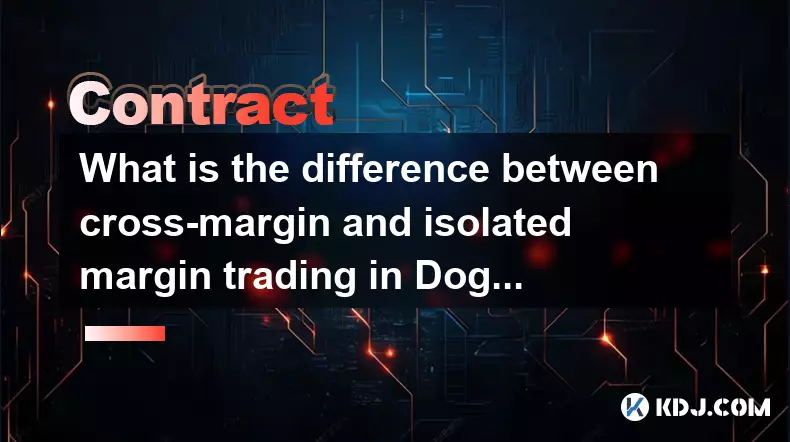
Cross-Margin vs Isolated Margin in Dogecoin Futures
Margin trading in the Dogecoin futures market allows traders to amplify their positions by borrowing funds. Two primary margin modes are used: cross-margin and isolated margin. Each method manages risk and capital allocation differently, influencing how gains, losses, and liquidations occur.
Understanding Cross-Margin Mode
In cross-margin mode, all available balance in a trader’s futures wallet is used as collateral for open positions. This approach spreads the risk across multiple trades and increases the likelihood of avoiding liquidation during short-term volatility.
- The entire account balance acts as a safety net against liquidation.
- Losses from one position can affect other positions since equity is shared.
- Traders benefit from higher effective leverage due to pooled funds.
- Liquidation occurs only when the total account equity drops below the maintenance margin threshold.
- Risk management becomes less precise because individual positions aren’t independently secured.
This mode suits experienced traders who manage diversified portfolios and can monitor overall exposure closely.
Exploring Isolated Margin Mode
Isolated margin assigns a fixed amount of collateral to a specific Dogecoin futures position. Only the allocated margin is at risk, limiting potential losses to that particular trade.
- Traders manually set the margin for each position, allowing fine-tuned control.
- A loss in one trade does not directly impact the margin of others.
- Liquidation happens when the assigned margin for a position falls below required levels.
- It enables clearer risk assessment per trade, ideal for strategy-specific setups.
- Leverage is applied strictly within the boundaries of the isolated amount.
Isolated margin is preferred by traders focusing on disciplined risk parameters and wanting to prevent cascading losses.
Practical Implications in Dogecoin Volatility
Dogecoin’s price is known for sharp swings driven by social sentiment and speculative activity. These fluctuations make the choice between margin modes particularly significant.
- During sudden dips, cross-margin may delay liquidation by absorbing shocks with unused equity.
- In isolated mode, aggressive moves can trigger quicker liquidations if buffers are too small.
- High volatility favors isolated settings when traders want to cap exposure per position.
- Cross-margin can preserve positions through temporary downturns but risks broader drawdowns.
- Active traders often switch modes depending on market conditions and confidence in a trade setup.
The dynamic nature of Dogecoin demands that traders align their margin strategy with both market behavior and personal risk tolerance.
Frequently Asked Questions
Can I switch between cross and isolated margin during an active Dogecoin futures trade?Yes, most major exchanges allow switching between modes as long as the position isn't close to liquidation. However, adjustments may require meeting minimum margin requirements or temporarily reducing position size.
Does isolated margin reduce funding rate costs in Dogecoin futures?No, funding rates are determined by the difference between perpetual contract prices and the underlying index, not by margin type. Both modes incur the same funding fees when holding overnight positions.
Which margin mode offers better leverage for Dogecoin futures?Cross-margin typically allows higher effective leverage because it uses total account equity. Isolated margin restricts leverage to the allocated amount, offering lower maximum exposure per trade.
Are there differences in liquidation penalties between the two modes?The penalty itself—loss of margin—is similar, but the scope differs. In cross-margin, the entire wallet is at risk over time; in isolated, only the designated amount is lost. Neither charges additional fees beyond the forfeited margin.
Disclaimer:info@kdj.com
The information provided is not trading advice. kdj.com does not assume any responsibility for any investments made based on the information provided in this article. Cryptocurrencies are highly volatile and it is highly recommended that you invest with caution after thorough research!
If you believe that the content used on this website infringes your copyright, please contact us immediately (info@kdj.com) and we will delete it promptly.
- BlockDAG, DOGE, HYPE Sponsorship: Crypto Trends Shaping 2025
- 2025-10-01 00:25:13
- Deutsche Börse and Circle: A StableCoin Adoption Powerhouse in Europe
- 2025-10-01 00:25:13
- BlockDAG's Presale Buzz: Is It the Crypto to Watch in October 2025?
- 2025-10-01 00:30:13
- Bitcoin, Crypto, and IQ: When Genius Meets Digital Gold?
- 2025-10-01 00:30:13
- Stablecoins, American Innovation, and Wallet Tokens: The Next Frontier
- 2025-10-01 00:35:12
- NBU, Coins, and Crypto in Ukraine: A New Yorker's Take
- 2025-10-01 00:45:14
Related knowledge
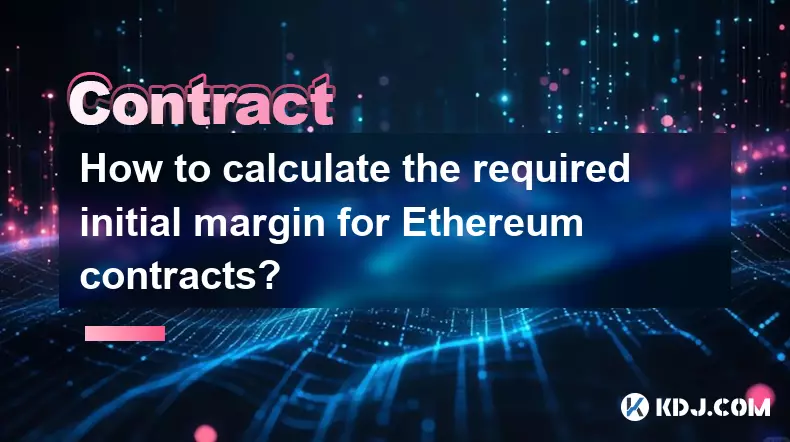
How to calculate the required initial margin for Ethereum contracts?
Oct 01,2025 at 06:01am
Understanding Initial Margin in Ethereum Futures1. The initial margin for Ethereum futures contracts represents the minimum amount of capital a trader...
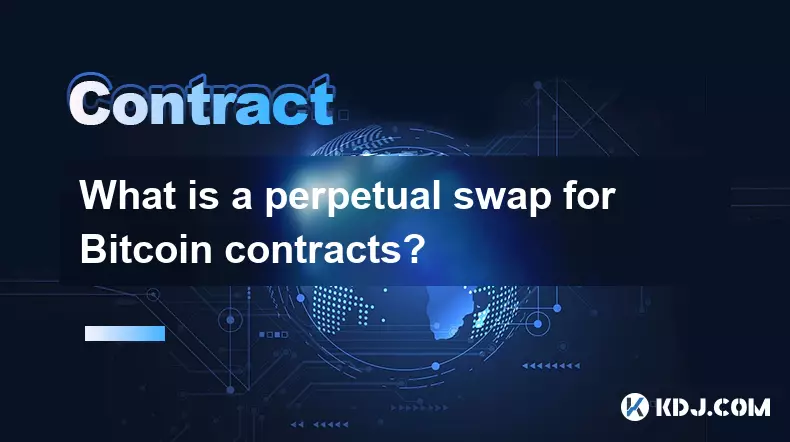
What is a perpetual swap for Bitcoin contracts?
Oct 01,2025 at 08:18am
Understanding Perpetual Swaps in Bitcoin Trading1. A perpetual swap is a type of derivative contract that allows traders to speculate on the price of ...

What is the best platform for trading SOL contracts?
Oct 01,2025 at 06:36am
Understanding the Role of Decentralized Exchanges in Modern Crypto Trading1. Decentralized exchanges (DEXs) have reshaped how traders interact with di...
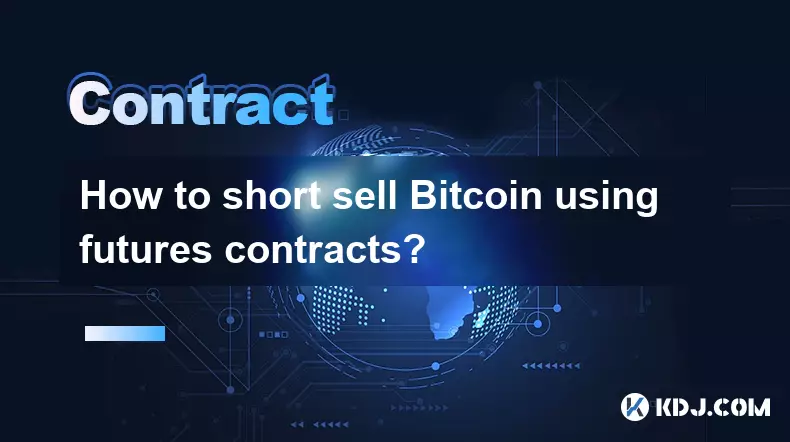
How to short sell Bitcoin using futures contracts?
Oct 01,2025 at 02:54am
Understanding the Role of Decentralized Exchanges in Crypto Trading1. Decentralized exchanges (DEXs) have become a cornerstone of the cryptocurrency e...

Are PEPE contracts a good way to trade volatility?
Oct 01,2025 at 04:18am
Understanding PEPE Contracts in the Cryptocurrency Market1. PEPE contracts, derived from the broader meme coin movement, have gained attention due to ...
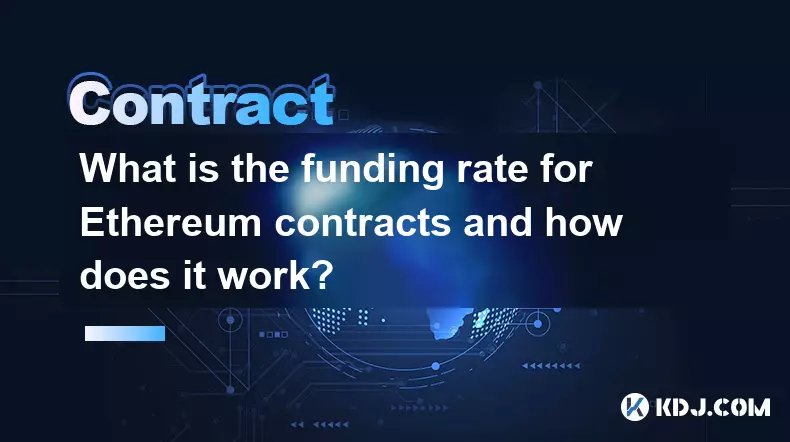
What is the funding rate for Ethereum contracts and how does it work?
Oct 01,2025 at 10:54am
Funding Rate Mechanism in Ethereum Derivatives1. The funding rate is a periodic payment exchanged between long and short positions in perpetual future...

How to calculate the required initial margin for Ethereum contracts?
Oct 01,2025 at 06:01am
Understanding Initial Margin in Ethereum Futures1. The initial margin for Ethereum futures contracts represents the minimum amount of capital a trader...

What is a perpetual swap for Bitcoin contracts?
Oct 01,2025 at 08:18am
Understanding Perpetual Swaps in Bitcoin Trading1. A perpetual swap is a type of derivative contract that allows traders to speculate on the price of ...

What is the best platform for trading SOL contracts?
Oct 01,2025 at 06:36am
Understanding the Role of Decentralized Exchanges in Modern Crypto Trading1. Decentralized exchanges (DEXs) have reshaped how traders interact with di...

How to short sell Bitcoin using futures contracts?
Oct 01,2025 at 02:54am
Understanding the Role of Decentralized Exchanges in Crypto Trading1. Decentralized exchanges (DEXs) have become a cornerstone of the cryptocurrency e...

Are PEPE contracts a good way to trade volatility?
Oct 01,2025 at 04:18am
Understanding PEPE Contracts in the Cryptocurrency Market1. PEPE contracts, derived from the broader meme coin movement, have gained attention due to ...

What is the funding rate for Ethereum contracts and how does it work?
Oct 01,2025 at 10:54am
Funding Rate Mechanism in Ethereum Derivatives1. The funding rate is a periodic payment exchanged between long and short positions in perpetual future...
See all articles










































































